How to Make an Educational Video
Part 1 of 3:
Taking Care of the Technical Details
-
 Determine the equipment you will need for filming. Do you want to film your educational video on a smart phone or digital camera, or would you rather use a more high-tech camcorder and include a microphone? Considering what you need to make your video before you start will ensure that the creation of the video is as smooth as can be.
Determine the equipment you will need for filming. Do you want to film your educational video on a smart phone or digital camera, or would you rather use a more high-tech camcorder and include a microphone? Considering what you need to make your video before you start will ensure that the creation of the video is as smooth as can be.- Pay attention to lighting. Proper lighting is important, so consider filming in a location with good natural lighting during the daytime, or consider bringing your own lights to your filming location so your educational video will have a bright feel.
- Locate a decent microphone. A good microphone will help your message come through loud and clear on your educational video. Even a small microphone can improve the quality of your video immensely.
- Consider the goals of your video. Are you making this video to be shown at a professional workshop or in a classroom? If so, you may want to invest in a higher-quality camcorder for more professional recording. However, if you are making this video for fun, you may be more comfortable filming on a piece of equipment you already have such as a tablet or smart phone.
-
 Choose a filming location. An optimal location for filming will be a place where you feel comfortable and can set up the necessary equipment to film your educational video. Additionally, you will want a place where surrounding noise is at a minimum, as this will can interfere with your video.
Choose a filming location. An optimal location for filming will be a place where you feel comfortable and can set up the necessary equipment to film your educational video. Additionally, you will want a place where surrounding noise is at a minimum, as this will can interfere with your video.- Visit the location before you start filming if possible. Pay attention to the noise level at different times of the day, and pick your desired backdrop to film your video.
-
 Become comfortable with a video editing tool. After you film your video, you will likely want to make some edits. A tool such as Windows Movie Maker (for a PC) or iMovie (for a Mac) can be very helpful for editing your finished educational video. This software will allow you to import and edit videos, add and edit audio, and share your movie online.[3]
Become comfortable with a video editing tool. After you film your video, you will likely want to make some edits. A tool such as Windows Movie Maker (for a PC) or iMovie (for a Mac) can be very helpful for editing your finished educational video. This software will allow you to import and edit videos, add and edit audio, and share your movie online.[3]- Consider using additional technical aids to add in interesting features. Tools such as Go!Animate (which allows you to create cartoons), Google Story Builder (which allows you to create mini-movies and video stories), and Stupeflix (which will animate pictures and videos into a slide show) can make your homemade educational video look professional.[4]
-
 Visit a site like YouTube. Find a site where you want to upload your educational video for the world to see. YouTube is a great option in that it has the best tools for working with your videos and allows you to embed or share videos with ease.[5] Many people choose to upload their educational videos to YouTube.
Visit a site like YouTube. Find a site where you want to upload your educational video for the world to see. YouTube is a great option in that it has the best tools for working with your videos and allows you to embed or share videos with ease.[5] Many people choose to upload their educational videos to YouTube.- Watch other educational videos. Before you create your own video, it may be helpful to review some other videos to find out what to do and what not to do.
-
 Know what already exists and how to make your video unique. A quick YouTube or Google search of your topic can help you determine what kind of videos already exist on the subject matter.
Know what already exists and how to make your video unique. A quick YouTube or Google search of your topic can help you determine what kind of videos already exist on the subject matter.- Do not be deterred by the existence of a similar video. Many people will watch multiple videos to learn something new.
- Figure out how to make your video stand out from the rest. Identify anything that you may want to know that is not included in any other video, and make sure you include it in your own.
Part 2 of 3:
Preparing to Make Your Educational Video
-
 Identify your topic of interest. Pick something that you know best, or learn about something new and tell the world what you have learned.
Identify your topic of interest. Pick something that you know best, or learn about something new and tell the world what you have learned.- Determine what kind of educational video you want to make:
- Will this be a 'how-to' video, or will you be providing in-depth information on a particular topic?
- Will there be interactive activities, or will you be talking throughout the video?
- Make an outline of how you want your video to proceed before you start filming.
- Determine what kind of educational video you want to make:
-
 Prepare a script. Adequate preparation for your educational video is key. Many people (especially those who are camera-shy) are more comfortable speaking in front of a camera once they have rehearsed what they want to say.
Prepare a script. Adequate preparation for your educational video is key. Many people (especially those who are camera-shy) are more comfortable speaking in front of a camera once they have rehearsed what they want to say.- Make sure you have your facts correct. Before making an educational video, double-check to make sure that the information you will be providing is correct. You don't know how many people will watch this video!
-
 Practice your script. The key to creating an educational video in which you seem like an expert is to be confidence in your message. The best way to gain this confidence is through repetition.
Practice your script. The key to creating an educational video in which you seem like an expert is to be confidence in your message. The best way to gain this confidence is through repetition.- Practice in front of a mirror. Doing a run-through of your script with no one around to judge it can be a good way to iron out kinks and gain confidence.
- Practice with a friend, and have her give you feedback. It may be beneficial to have another person listen to your script before you film it and publish it.
- If possible, practice speaking from memory without the assistance of notes.
-
 Get any props you may need. Think about the message you are trying to convey, and locate any props that will make this message clearer and your video more stimulating.
Get any props you may need. Think about the message you are trying to convey, and locate any props that will make this message clearer and your video more stimulating.- Watch other educational videos to see if and how they effectively use props. While it is important not to directly copy any other video, you may be inspired by what you see on other videos.
- Remember that a prop can be as simple or as complex as you want it to be. There are no specific guidelines to creating your own educational video! The props that you use in your video will be unique to the topic you are presenting.
-
 Do a dress rehearsal. Remember that speaking in front of a camera can feel a lot different from speaking in front of your mirror. The more practice you can get, the better your video will be.
Do a dress rehearsal. Remember that speaking in front of a camera can feel a lot different from speaking in front of your mirror. The more practice you can get, the better your video will be.- Film your dress rehearsal if possible. This will allow you to watch it over, review your performance, and identify any mistakes you may have made.
- Ask a trusted friend to watch your video and provide critiques. A neutral third party may be able to better identify errors or potential distractions in your video.
Part 3 of 3:
Making Your Video
-
 Recruit someone to tape you if possible. While you can make an educational video by yourself, it can help to have someone working the camera so you can focus on the content that you want to convey. In addition, your cameraman can give you instantaneous feedback and can pay attention to things such as lighting and sound.
Recruit someone to tape you if possible. While you can make an educational video by yourself, it can help to have someone working the camera so you can focus on the content that you want to convey. In addition, your cameraman can give you instantaneous feedback and can pay attention to things such as lighting and sound. -
 Dress to impress. As you are making an educational video, you will want your audience to feel like you are an expert on the subject, even if you aren't!
Dress to impress. As you are making an educational video, you will want your audience to feel like you are an expert on the subject, even if you aren't!- Dress appropriately for your video topic. If you are talking about preparing for an interview, you may want to dress like you would for an interview; however, if you are explaining how to fix an oil leak on a car, you will likely want to be in different clothing.
-
 Keep your video concise. Research has shown that the average attention span lasts anywhere from 7 – 15 minutes.[6] Remember this when making your video, and try to make your video as concise as possible while still getting your message across.
Keep your video concise. Research has shown that the average attention span lasts anywhere from 7 – 15 minutes.[6] Remember this when making your video, and try to make your video as concise as possible while still getting your message across. -
 Upload your video to your computer. After you've shot the necessary footage, you should upload the video on your computer for editing.
Upload your video to your computer. After you've shot the necessary footage, you should upload the video on your computer for editing.- Make sure you save your raw footage as a separate document so that you can edit it and make changes in the future.
-
 Post your video. Publish your video to a site like YouTube where it will reach a broad audience. It may even go viral!
Post your video. Publish your video to a site like YouTube where it will reach a broad audience. It may even go viral!- Check out wikiHow's page on editing videos for YouTube as a great starting point.
- Consider using the 'YouTube for Creators' page on the YouTube site. This site will help you build your video production skills, understand your audience, and improve your YouTube channel.[7]
-
 Request comments and suggestions from viewers. Your audience will be a great source of feedback for your video. Pay attention to how many 'likes' and 'dislikes' your video receives, and look for any constructive comments that may be posted.
Request comments and suggestions from viewers. Your audience will be a great source of feedback for your video. Pay attention to how many 'likes' and 'dislikes' your video receives, and look for any constructive comments that may be posted.- Ignore negative or rude commentary. Don't pay attention to any personal attacks or criticism that isn't constructive!
-
 Review your analytics. YouTube, for example, allows you to see who is watching your video, for how long they are watching your video, the ages and locations of people who are watching your video, and other helpful statistics.[8] This can help you understand the demographics of the people you are reaching with your educational video.
Review your analytics. YouTube, for example, allows you to see who is watching your video, for how long they are watching your video, the ages and locations of people who are watching your video, and other helpful statistics.[8] This can help you understand the demographics of the people you are reaching with your educational video.
4 ★ | 1 Vote
You should read it
- How to Make an Open Educational Resource
- 10 fun educational apps for kids on the iPhone
- How to Make a YouTube TTS Video
- How to make videos, make movies on your computer easily withcut
- 2 steps to make video calls on Facebook
- QANDA - Korean learning app achieved the no.1 chart of Vietnam Education
- How to Make Learning Fun
- Microsoft will launch Bing without advertising
May be interested
- How to make a video rewind, make the clip reverse on the phone
 reverse video, reverse video will help you get very interesting moments to share with friends and relatives
reverse video, reverse video will help you get very interesting moments to share with friends and relatives - This hidden setting in Windows will make videos play smoother!
 whether you're a streamer or enjoy diving into your personal video library curated over the years, customizing video playback settings on your windows 11 pc can significantly improve your multimedia experience.
whether you're a streamer or enjoy diving into your personal video library curated over the years, customizing video playback settings on your windows 11 pc can significantly improve your multimedia experience. - The student was suspended from school because he found a hole in the school's software system
 the student also discovered another vulnerability affecting 5000 different schools.
the student also discovered another vulnerability affecting 5000 different schools. - This is how technology shapes education in the future
 ai, machine learning and educational software not only change the fields for students, they also play a big role with teachers. join tipsmake.com to learn how future shaping technology in the article below!
ai, machine learning and educational software not only change the fields for students, they also play a big role with teachers. join tipsmake.com to learn how future shaping technology in the article below! - Instructions for creating subtitles for videos with VideoPad
 videopad is a professional video editing software with features that help users to edit videos such as converting from 2d to 3d, adding 50 visual effects, sound or creating subtitles for videos.
videopad is a professional video editing software with features that help users to edit videos such as converting from 2d to 3d, adding 50 visual effects, sound or creating subtitles for videos. - Clipchamp - Download Clipchamp here
 clipchamp is an online video editor that allows people to tell share-worthy stories through video. globally, more than 14 million people use clipchamp to easily edit videos for corporate, educational and creative projects.
clipchamp is an online video editor that allows people to tell share-worthy stories through video. globally, more than 14 million people use clipchamp to easily edit videos for corporate, educational and creative projects. - How to make iPhone video wallpaper?
 you don't need to use still images as your iphone wallpaper. in today's article, tipsmake.com will show you how to create videos on iphone lock screen.
you don't need to use still images as your iphone wallpaper. in today's article, tipsmake.com will show you how to create videos on iphone lock screen. - 4 best video editing apps to help create viral videos
 we all know that the best way to get noticed online is through a viral video.
we all know that the best way to get noticed online is through a viral video. - How to Convert .EXE to Video (MKV, AVI, MP4,...)
 *.exe files are not a common video format, making them unplayable by many players. converting *.exe to video formats like mkv, avi or mp4 will make it easier to play the video on different devices.
*.exe files are not a common video format, making them unplayable by many players. converting *.exe to video formats like mkv, avi or mp4 will make it easier to play the video on different devices. - How to make HD video with low capacity?
 you are looking to make hd quality videos for uploading to youtube or simply to save them to your computer later. however, you are afraid of the large amount of video will make the upload process slow or take up a lot of computer memory. therefore, we will show you how to make hd quality videos with low capacity in the article below. please consult.
you are looking to make hd quality videos for uploading to youtube or simply to save them to your computer later. however, you are afraid of the large amount of video will make the upload process slow or take up a lot of computer memory. therefore, we will show you how to make hd quality videos with low capacity in the article below. please consult.
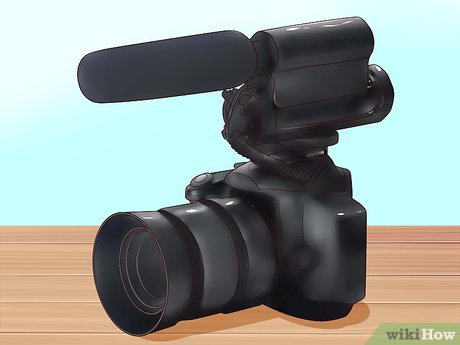
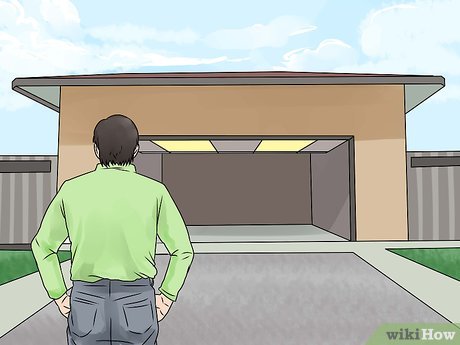
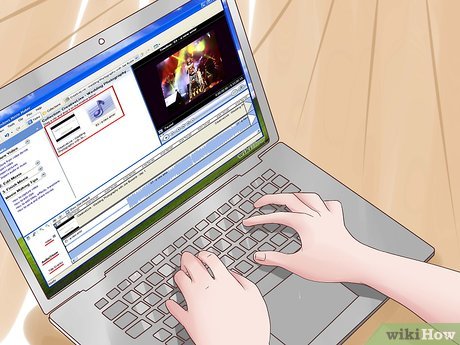
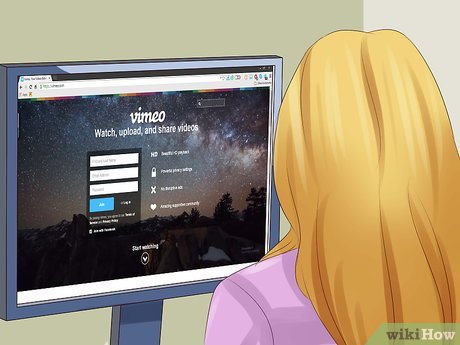

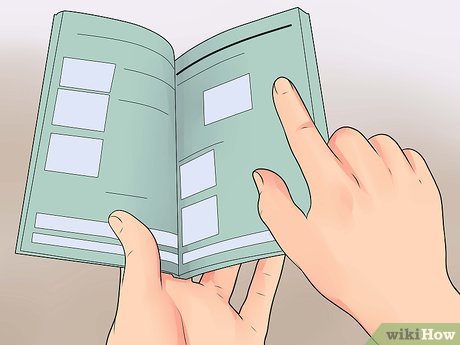

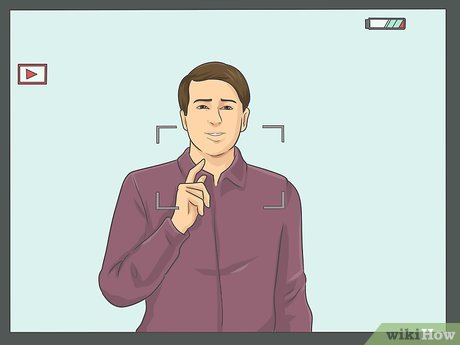


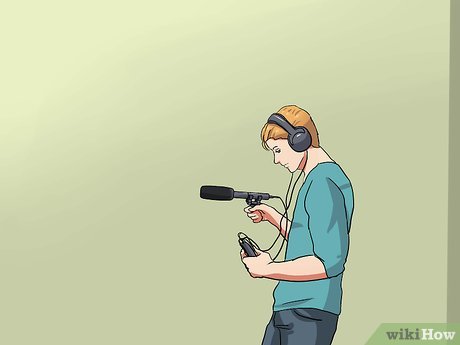

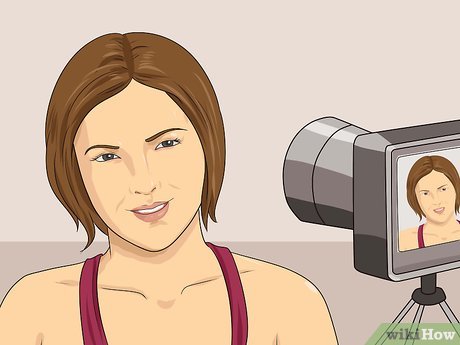
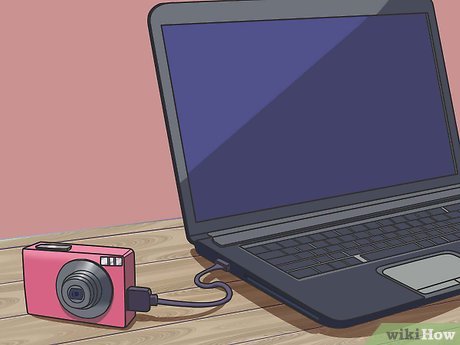


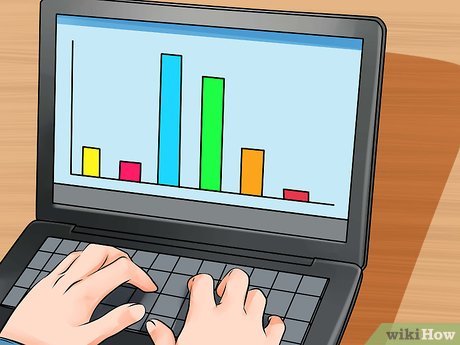










 How to Develop Training Materials
How to Develop Training Materials How to Obtain a Copy of Your High School Diploma
How to Obtain a Copy of Your High School Diploma How to Build Your Future
How to Build Your Future How to Create Study Guides
How to Create Study Guides How to Take Steps to Protect Human Rights
How to Take Steps to Protect Human Rights How to Describe a Color to a Blind Person
How to Describe a Color to a Blind Person